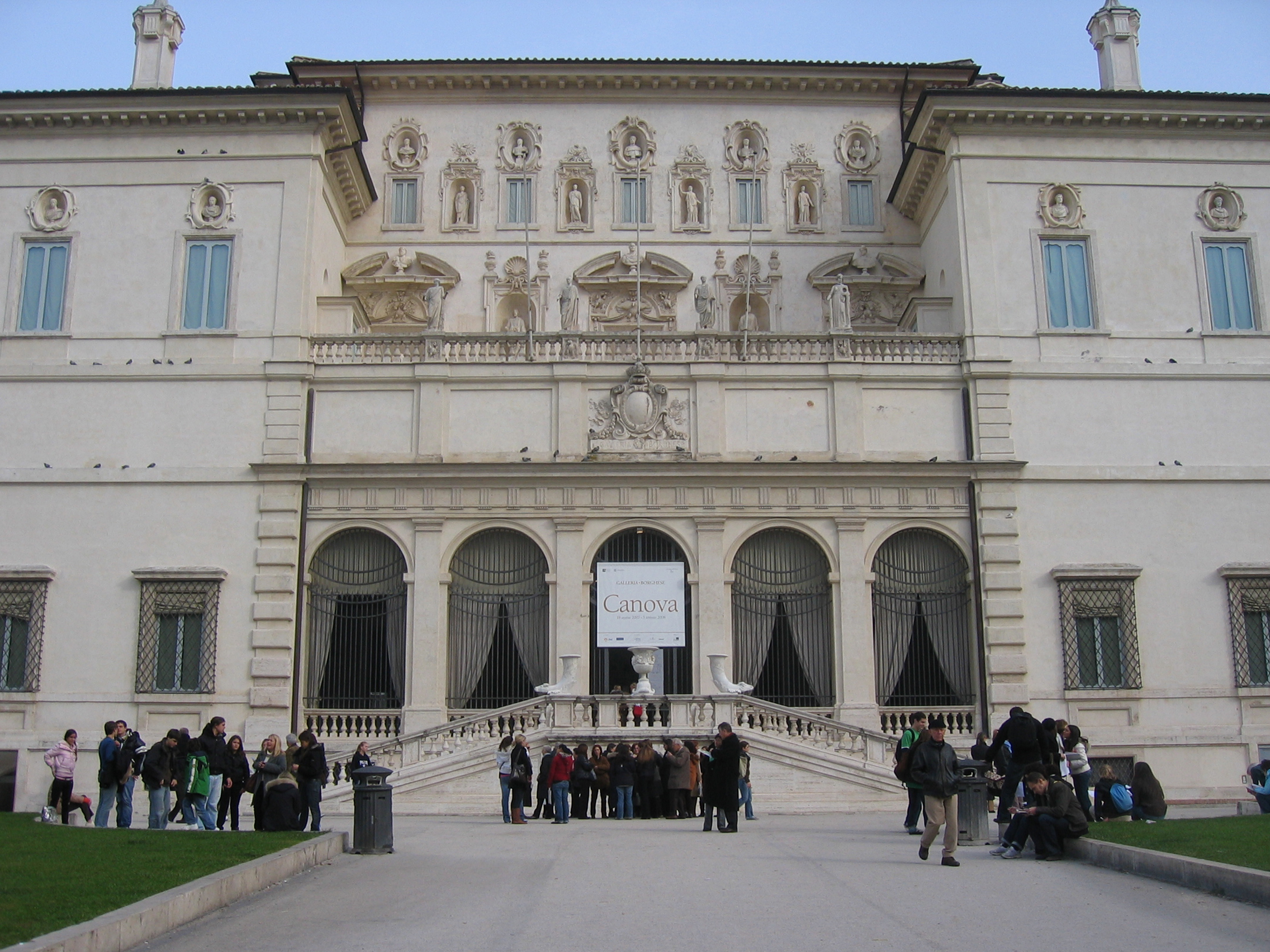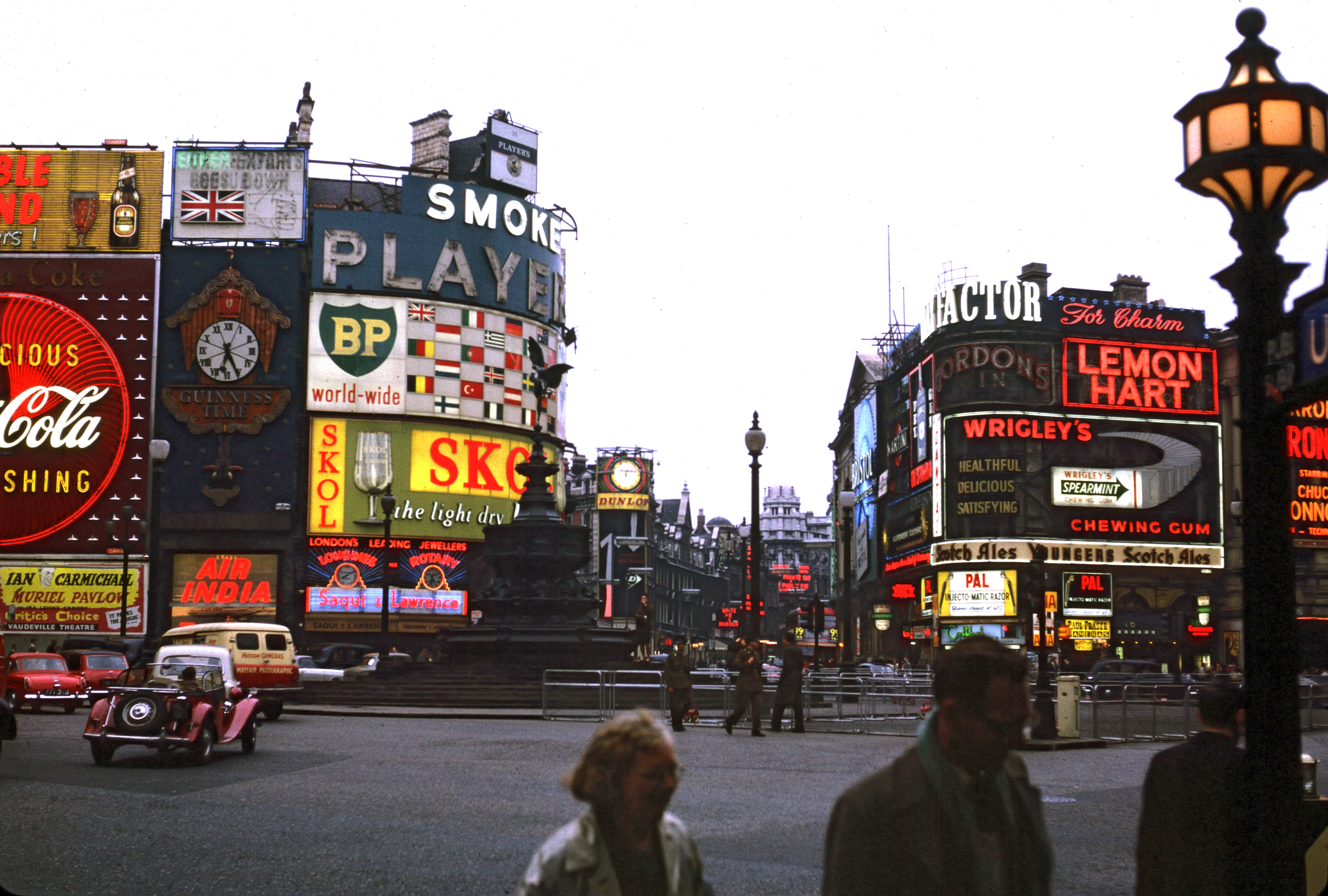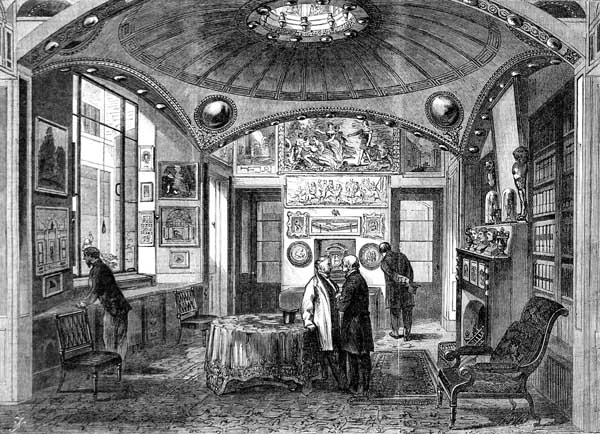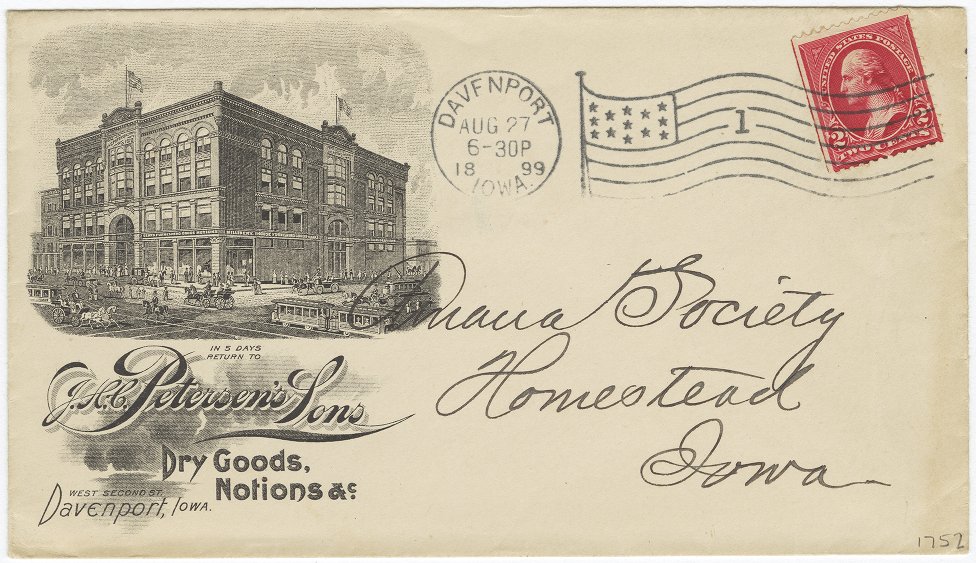We are delighted to present a Q&A with the Editor of Grove Art Online, Alodie Larson. She began at Oxford last June, coming from JSTOR, where she spent four years as part of their editorial team, acquiring new journals for the archive. In the below interview, you’ll get to know Alodie as Editor, and also learn her thoughts on art history research and publishing. You can also find her Letter from the Editor on Oxford Art Online.
Can you tell us a little about your background?
When I was young, I would draw house plans (with elevations in the shape of animals) and make artwork with whatever I could find. In college, I studied architecture and the history of art; I completed my MA at the Courtauld Institute of Art, focusing on the architecture of Georgian England. Afterward, I moved to New York and lived in a comically small apartment with my brilliant friend who studied with me in London. She worked at Christie’s, and she kept me from straying too far from the art world while I worked at Random House. I began in the audio/digital department and later moved to the children’s division; I was lucky to learn from talented editors who were generous with their time. I became intimately familiar with Louis L’Amour novels, and I read Twilight when it was a stack of 8 ½ x 11 copy paper. I joined JSTOR in 2009, where I managed their list of journals in art and architecture. I contributed to a project to digitize a group of rare art journals like 291 and The Crayon, as well as to an effort to build a database of historical auction catalogs, all of which JSTOR made freely available along with their other content in the public domain. I also worked on business and sociology, which helped me to appreciate how research methods differ between disciplines. I am delighted to be here at Oxford as the steward of the Grove Dictionary of Art. In my free time I like to travel, visit museums, go to the opera, and refinish furniture. I am still somewhat disappointed that my current house plan is not shaped like a giraffe.
What is your favorite piece of art, of all time, and why?
I love Bernini’s David – the artist’s skill and inventiveness make this sculpture a singularly perfect object. In Bernini’s hands, marble seems to melt, as if it could be smoothed and stretched to his design. Grove’s biography explains this gift: “He felt that one of his greatest achievements was to have made marble appear as malleable as wax and so, in a certain sense, to have combined painting and sculpture into a new medium, one in which the sculptor handles marble as freely as a painter handles oils or fresco.” Unlike Michelangelo’s calm, anticipatory David, Bernini’s figure projects determination and energy. His body twists in motion, and as you circle him, you feel you are both being wound up together. I leave this sculpture feeling as if I have been flung out of the gallery, propelled by his purposeful strength.
David stands in my favorite museum, the Galleria Borghese, which adds to its grandeur as it is the original location intended for the sculpture. In the early 17th< century, Cardinal Scipione Borghese oversaw construction of the building—then the Villa Borghese—and commissioned David as well as a number of other stellar works from Bernini including Apollo and Daphne and Pluto and Proserpina. I relish seeing these sculptures in the magnificent home of Scipione’s original collection.

Galleria Borghese, Rome. Photo courtesy of the Alodie Larson.
Since it’s impossible to get someone with an art background to answer this question briefly, I must add that I also particularly admire the work of Eduard Vuillard, Mark Rothko, Grant Wood, James Turrell, William Morris, Daniel Burnham, Raymond Duchamp-Villon, Franz Kline, Xu Bing, and McKim, Mead & White. Closer to home, I have two favorite works of art that belong to me. The first is a watercolor sketch of Piccadilly Circus that I bought at a market in the courtyard of the Basilica of Sant’Ambrogio in Milan. With minimal strokes it evokes the London crossroads on a rainy night in the late 50s (back when Gordon’s Gin and Wrigley’s Chewing Gum took up prime real estate in the neon collage).

Piccadilly Circus in London, 1962. Photo by Andrew Eick. Creative Commons license via Wikimedia Commons.
The second is a watercolor illustration of “Dradpot the Inverted Drool” drawn by my grandfather, Max V. Exner. He devoted his life to music but was a terrific artist as well, and our family lore has it that he was offered a job with Walt Disney Studios in the 1930s when a member of the company saw him doodling in a restaurant.
Also, in a beautiful, financially responsible future, I will have enough disposable income to buy an original work by David Shrigley. I urge him to try to become less famous so that I can afford this.
What is your favorite article in Grove Art Online?
I’m grateful that this role allows me to learn about artists I’ve never studied, and my favorite articles to read are those on subjects with which I’m not particularly familiar. Our forthcoming update includes new biographies on an outstanding group of contemporary artists from Nigeria, Kenya, Sudan, Ghana, Senegal, and South Africa, which I have enjoyed.
I am partial to the articles written by some of my favorite architectural historians, particularly Leland M. Roth, whose Understanding Architecture (1993) is, I think, one of the most engaging introductory texts. His Grove article on the urban development of Boston gives a great overview of the subject. I also like David Watkin’s article on Sir John Soane. An excellent summary of Soane’s life and work, it is an absorbing narrative with entertaining flourishes. (“Despite Soane’s high professional standing, his idiosyncratic style was often ridiculed by contemporaries in such phrases as ‘ribbed like loins of pork’.”) I have always admired Soane’s work and his unconventional museum.

The breakfast parlour at Sir John Soane’s Museum as pictured in the Illustrated London News in 1864. Public domain via Wikimedia Commons.
What are some of the challenges of transitioning art history resources to an online environment?
Together, Grove and Benezit contain over 200,000 entries and images, and it is a challenge to organize that much information online in a clear, intuitive way that ensures researchers will find the articles they need. Many Grove entries first appeared in the print publication, The Dictionary of Art, and the article titles weren’t designed to fit well with modern keyword searches. Important essays can be buried within several layers of subheadings in long articles, sometimes with only date ranges as section titles. For a print work, it makes sense; you’d want all of the articles on a topic or region to be gathered together and located within the same physical volume. However, in an online environment, ideal heading structure would aid successful keyword matches and avoid cumbersomely long entries.
Despite the challenges, an online environment offers more powerful research options. Both Grove and Benezit are organized under a robust taxonomy, and this information allows users to narrow content by categories such as art form, location, or period. Rich search functionality and linking helps users to move between topics more swiftly than print research would permit. An online environment also allows our resource to respond quickly to new developments. We constantly update and expand the body of articles in our encyclopedia (though updates are not instantaneous, as our content is peer-reviewed, supervised by our distinguished Editorial Board and Editor-in-Chief, Dr. Nicola Courtright).
Oxford Art Online hosts thousands of images. Are there any challenges in hosting these on the site?
Yes, as with our articles, the volume of objects presents a challenge. Grove Art contains over 7,000 images, including many well-known artworks that would be discussed as part of an introductory survey course. Keyword searches usually connect researchers with the images relevant to their work, but we’re working to develop more powerful tools with which to both search and view images.
Obtaining image permissions can also be a challenge, but we are grateful for our partnerships with organizations like the Metropolitan Museum of Art, Art Resource, Bridgeman Art Library, and the National Gallery of Art, which have brought a rich group of images to Grove. Benezit, too, benefits from important partnerships with the Frick Art Reference Library and ArtistSignatures.com, which provide thousands of artists’ portraits and signatures on Oxford Art Online.
How do you envision art history research being done in 20 years?
I believe research in art history will become more collaborative, interdisciplinary, and international. Art libraries have undertaken enormously useful digitization projects, making objects in their collections available to scholars in far flung locations. I’m impressed with primary source projects like the collaboration between the Met and the Frick libraries to digitize the exhibition materials of the Macbeth Gallery, and Yale’s Blue Mountain Project, which digitized a collection of avant-garde art, music, and literary periodicals from 1848-1923. A number of other university libraries have excellent digital collections for art research, including the University of Washington, the Harry Ransom Center at UT Austin, Harvard University, University of Wisconsin, and Columbia University, which hosts the addictively interesting Robert Biggert Collection of Architectural Vignettes on Commercial Stationery.

Courtesy of The Biggert Collection of Architectural Vignettes on Commercial Stationery, Avery Architectural and Fine Arts Library, Columbia University.
Whether through local collections or collaborative projects like the HathiTrust, JSTOR, and the DPLA, libraries and publishers are bringing a terrific breadth of important materials online. As content becomes more accessible, I think researchers will select online resources based on the caliber of their material and on the functionality provided the platform. Even as publishers’ brands may fall further behind the façade of library discovery services, I believe scholars will continue to value sources they can trust to maintain high standards of quality.
Art has always been an interdisciplinary field, involving history, politics, economics, and cultural exchange. In the coming years, I think it will be important to emphasize how art connects with these other fields. With the current national focus on careers in science and technology, art is sometimes cast as an academic luxury, but it is not. Its study involves issues fundamentally relevant to all of us. In the words of Albert Einstein: “All religions, arts and sciences are branches of the same tree. All these aspirations are directed toward ennobling man’s life, lifting it from the sphere of mere physical existence and leading the individual toward freedom.”
Alodie Larson is the Editor of Grove Art and Oxford Art Online. Before joining Oxford, she studied the architecture of Georgian England at the Courtauld Institute of Art in London and worked for Random House and JSTOR.
Libraries are a vital part of our communities. They feed our curiosity, bolster our professional knowledge, and provide a launchpad for intellectual discovery. In celebration of these cornerstone institutions, we are offering unprecedented free access to our Online Resources, including Oxford Art Online, in the United States and Canada to support our shared mission of education.
Oxford Art Online offers access to the most authoritative, inclusive, and easily searchable online art resources available today. Through a single, elegant gateway users can access — and simultaneously cross-search — an expanding range of Oxford’s acclaimed art reference works: Grove Art Online, the Benezit Dictionary of Artists, the Encyclopedia of Aesthetics, The Oxford Companion to Western Art, and The Concise Oxford Dictionary of Art Terms, as well as many specially commissioned articles and bibliographies available exclusively online.
Subscribe to the OUPblog via email or RSS.
Subscribe to only art and architecture articles on the OUPblog via email or RSS.
The post A conversation with Alodie Larson, Editor of Grove Art Online appeared first on OUPblog.


